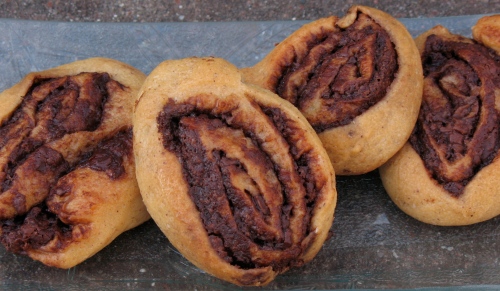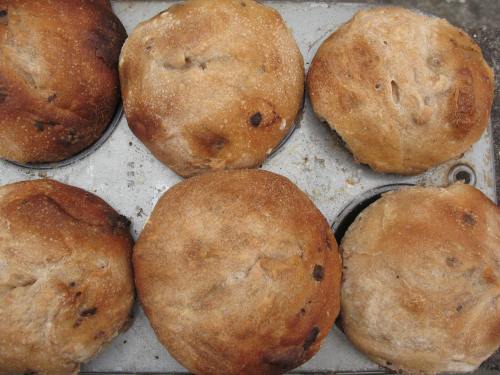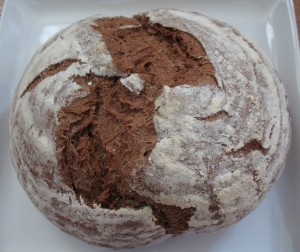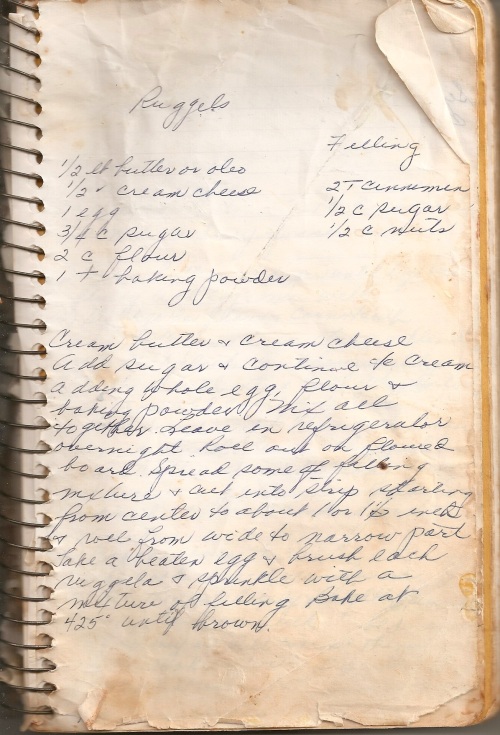What would you get if you crossed Lily Tomlin with Jane Fonda? Nutella. Get it? Let me spell it out for you: Nut (Zany Lily) + Tella (Jane as Barbella) = Nutella. I’ve been laughing my way through episodes of “Grace and Frankie,” the Netflix comedy series starring Tomlin, Fonda, Martin Sheen, and Sam Waterston. I’ve been watching it with my daughter, who recommended it, and I keep meaning to show her clips of Tomlin’s comedic brilliance.
I was thinking about Nutella because of my daughter’s ongoing love affair with it. A few months ago, she zeroed in on a Nutella swirl roll recipe that was in Donna Curie’s make ahead BREAD: 100 Recipes for Melt-in-Your-Mouth Fresh Bread Every Day. I’ve made them three times now, most recently for my daughter’s 18th birthday breakfast. That time, with her help, they were, in her words, the best ever. After I rolled the dough into a square, she spread Nutella across the surface. I don’t know how she did it, but she somehow was able to spread just the right amount—something I, apparently, failed to do in my two previous efforts.
Currie, a home baker who blogs at cookistry.com, follows a simple two-day method for baking sandwich bread, rolls, breakfast pastries, flatbreads, and more. Two days might seem overwhelming or involve too much planning ahead for most of us, but I find her approach very convenient. On day one you mix, knead, shape, and place the dough in the refrigerator. The next day (within 24 hours), you remove the dough from the refrigerator and heat the oven. You will easily be rewarded with freshly baked breakfast bread on the weekend or rolls, baguettes, or pizza for weeknight meals. Although her recipes aren’t for die-hard artisan bakers, I’ve been pleased with what I’ve baked so far. Her recipe for chocolate buns was the first one I tried because I thought my daughter would like them for breakfast, and she did. I was even surprised when she liked the white-whole wheat honey vanilla buns, which were barely sweet and were 50% all-purpose flour and 50% whole wheat. When trying another of Currie’s swirl bread recipes, I couldn’t resist using the leftover lemon curd that I had in the refrigerator. I kept my fingers crossed that it wouldn’t leak out during baking—and it didn’t. Its lemony kick was like waking up to sunshine.
But none of these stopped my daughter from campaigning for Nutella swirl rolls like a politician in the final days before an election. Nutella swirl rolls might sound a bit over the top—and I guess they would be if you ate them for breakfast every morning. My daughter, however, would argue it’s the perfect way to start the day. I usually don’t enhance dough with sugar, butter, or chocolate—and especially not Nutella, but if these are the way to my daughter’s heart, well, then, this dad is gonna do what he’s gotta do.
What would you get if you crossed Nutella with dough? One very happy daughter.
Nutella Swirl Rolls (from make ahead BREAD)
1 cup room temperature water
2¼ teaspoons active dry yeast
2½ cups (11¼ ounces) bread flour, plus more as needed
2 tablespoons sugar
1 teaspoon kosher salt
½ cup hazelnut meal (If you can’t find hazelnut meal, make your own: Grind skinned hazelnuts until they’re the texture of coarse sand.)
Nonstick baking spray
1 cup (8 ounces) Nutella
On Prep Day
- Combine the water, yeast, flour, sugar, salt, and hazelnut meal and knead by hand (mix first in a large bowl, then turn out and knead) or in a stand mixer fitted with the dough hook until the dough is elastic.
- Cover the bowl with plastic wrap and let the dough rise until it has doubled in size, about 1 hour in a warm room.
- Spray a 9 x 13-inch baking pan with baking spray.
- When the dough has risen, flour your work surface and turn out the dough. Pat it into a rough square shape, then use a rolling pin to roll it to about 16 x 24 inches.
- Spread the Nutella on the dough in as even a layer as possible. It’s easiest to dollop on the Nutella, then spread it in that area rather than trying to spread it all from one large blob. Leave about an inch of the dough uncovered on one of the short ends.
- Starting at the short end with the Nutella spread to the edge, roll the dough jellyroll style, leaving it a bit loose.
- Cut the roll into 12 even pieces and arrange them, flat side up, in the prepared baking pan. Cover the pan with plastic wrap or place the whole pan in a large plastic bag and tie the open end closed. Refrigerate overnight or up to 24 hours.
On Baking Day
- Take the pan out of the refrigerator and heat the oven to 325˚F.
- Remove the plastic from the pan and bake the buns until they are golden-brown, about 40 minutes, or until an instant-read thermometer registers 195˚F (make sure the thermometer is in the dough, not the filling). Let the buns cool in the pan for 10 minutes, then transfer them to a wire rack and let cool.
















